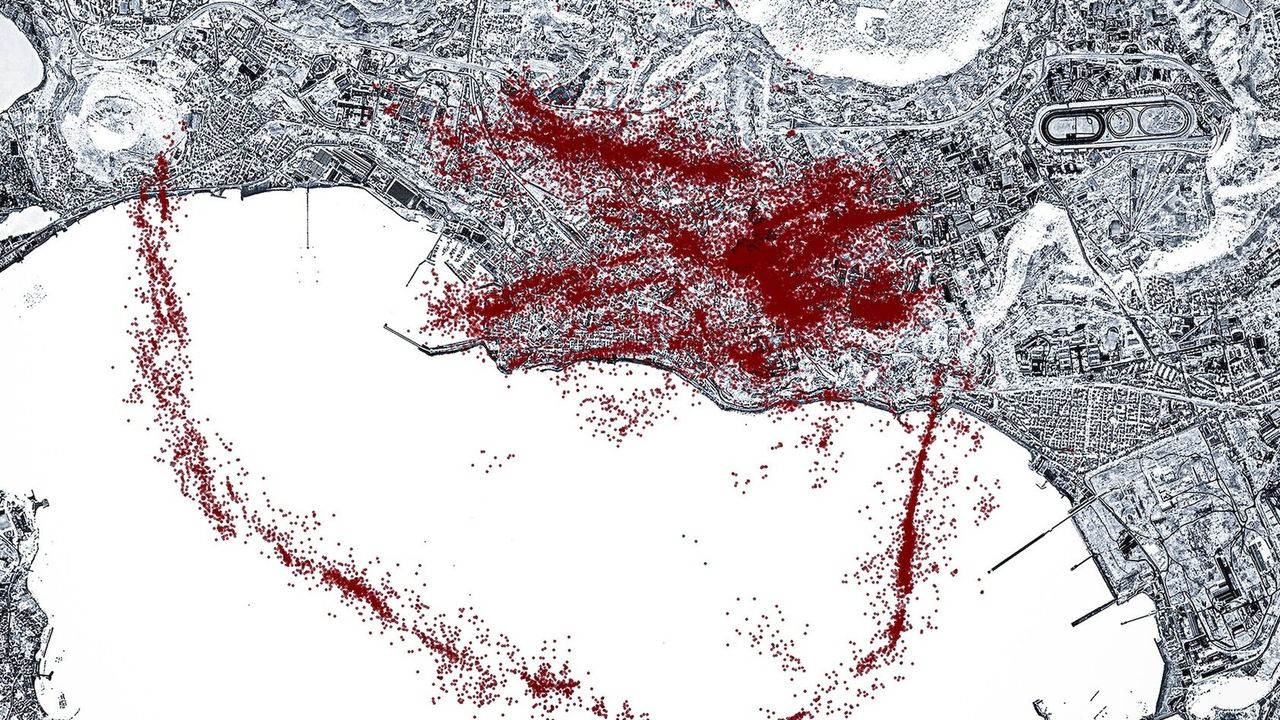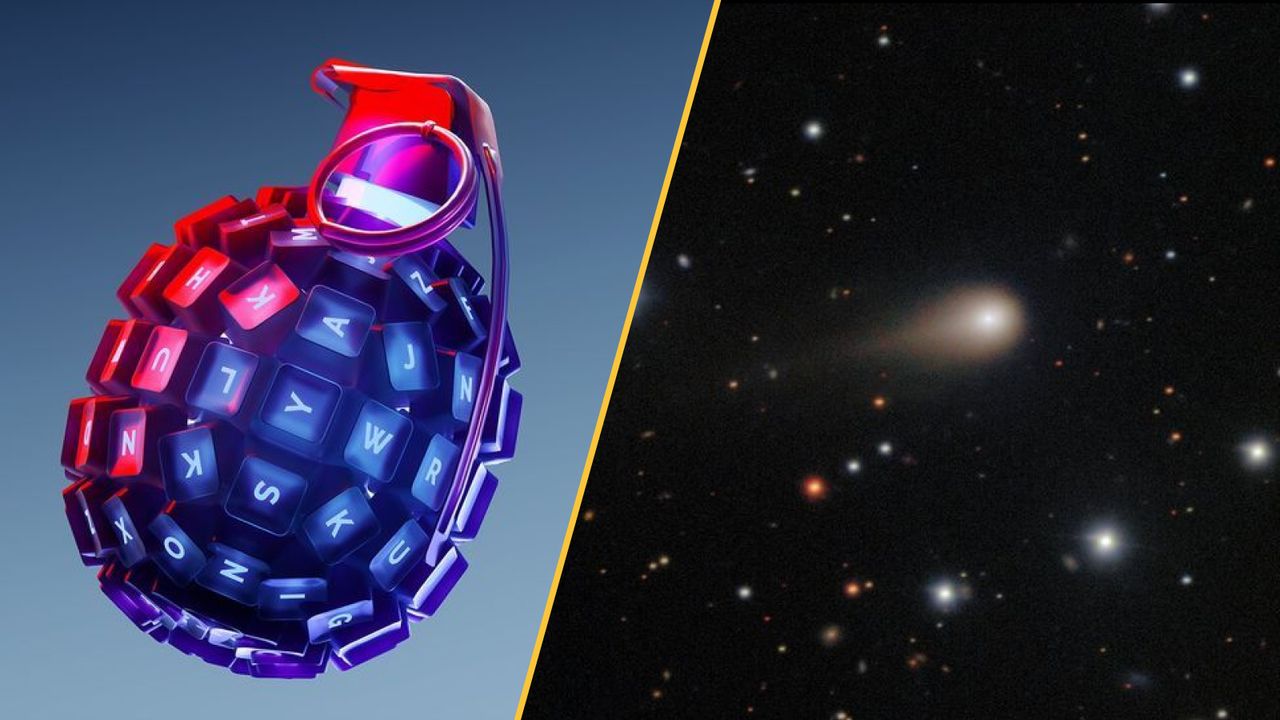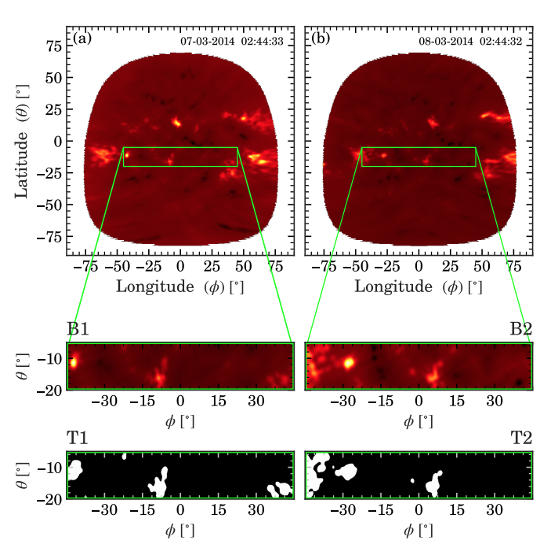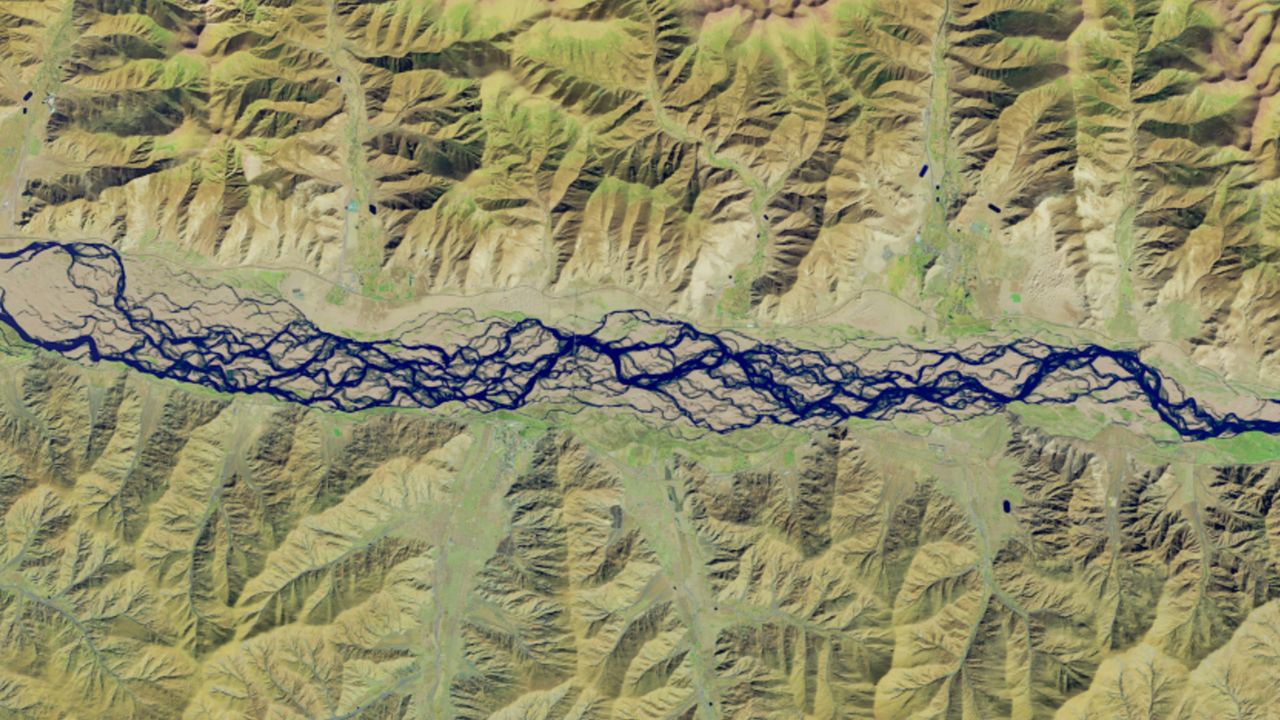Chatbots work best when you speak to them with formal language
NeutralScience

Recent findings suggest that using formal language when interacting with AI chatbots can lead to better responses. This insight is important as it highlights the nuances of communication with technology, encouraging users to adapt their language for improved interactions. As chatbots become more integrated into our daily lives, understanding how to communicate effectively with them can enhance user experience and satisfaction.
— Curated by the World Pulse Now AI Editorial System








